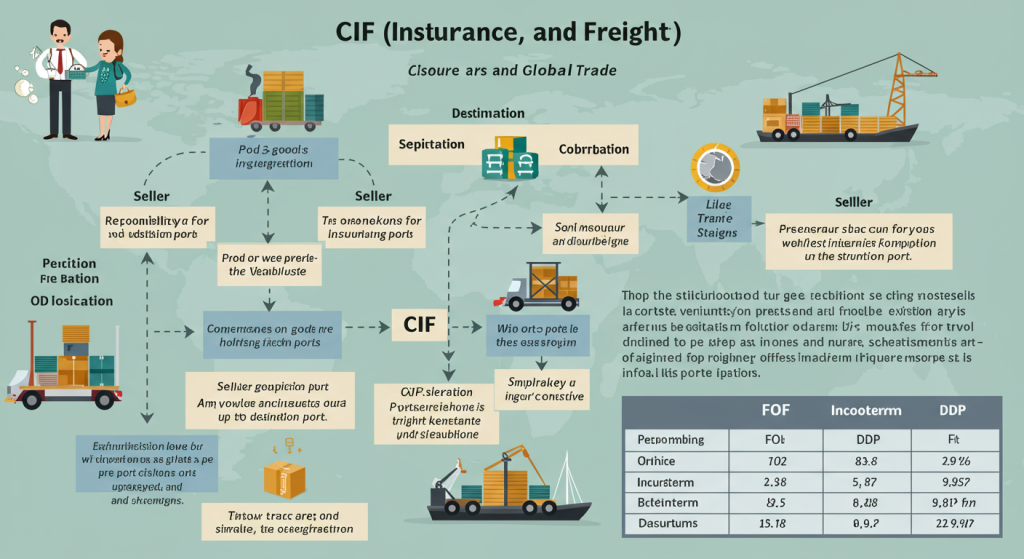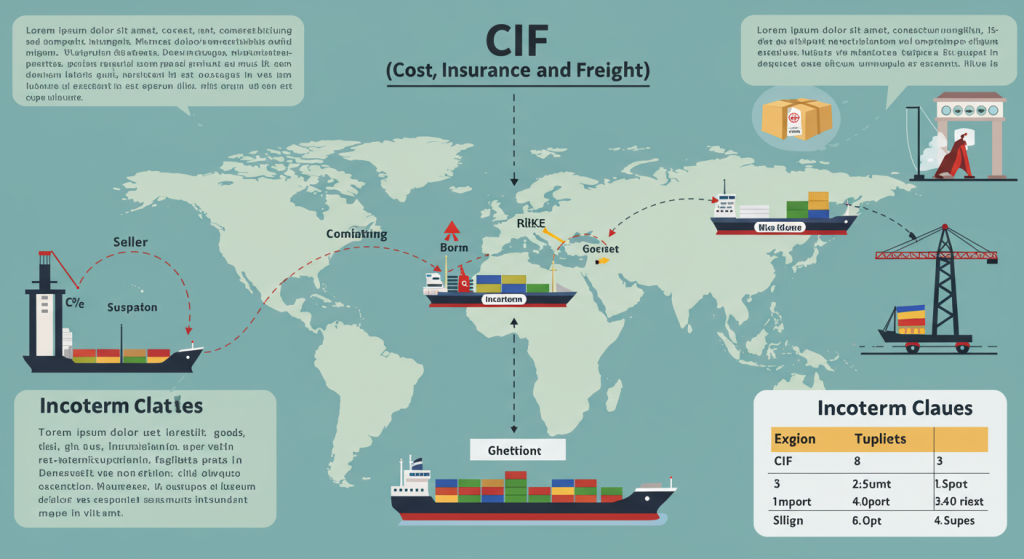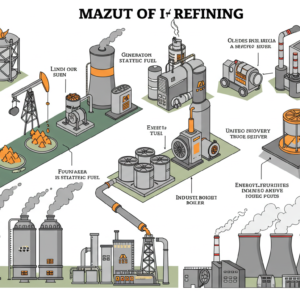Introduction: Imagine you’re dealing with an international business deal. You’ve just struck an agreement with a supplier from halfway across the world, and now it’s time to figure out the details of how the shipment will be delivered. 📦 This is where Incoterms like CIF (Cost, Insurance, and Freight) come into play. So, what exactly does it mean for you as a business owner, buyer, or seller? Let’s break it down with a little flair and show how CIF is more than just a term—it’s a game-changer in international trade!
🤔 What is CIF (Cost, Insurance, and Freight)?
CIF stands for Cost, Insurance, and Freight, and it’s one of the most commonly used Incoterms in global trade. It’s like the rulebook that defines who pays for what and who handles the logistics when goods are being shipped overseas.
Under CIF, the seller takes on the responsibility of covering the costs associated with:
- The product itself 💰
- Insurance for the product (just in case something goes wrong during transit) 🛡️
- The freight charges to transport the goods to the destination port 🚢
However, here’s the kicker—while the seller takes care of the goods until they are loaded onto the ship, the risk transfers to the buyer once the goods are aboard the vessel.
🔑 Key Responsibilities in CIF: Seller vs. Buyer

Seller’s Responsibilities: When the seller agrees to a CIF contract, they’re signing up for a lot of responsibility, but also have a fair amount of control over the transaction:
- Cost of goods: The seller covers the cost of the goods up until they are placed on the ship.
- Insurance: The seller arranges and pays for the insurance, ensuring the goods are covered during their journey. 📑
- Freight: The seller arranges and pays for the freight to get the goods to the port of destination. 🚚
- Shipping Documents: The seller must provide all necessary documents such as the bill of lading and insurance certificate, ensuring that the buyer can claim the goods once they arrive. 📄
Buyer’s Responsibilities: Now, while CIF does a great job of protecting the buyer during transit, there are still responsibilities on their side:
- Accept the goods at the destination: Once the goods reach the destination port, it’s up to the buyer to accept the shipment. 🚢
- Pay for import duties and taxes: The buyer is responsible for all the costs after the goods arrive at the port, including customs duties and import taxes. 💸
- Unloading & Inland Transport: After the goods are unloaded at the destination port, the buyer will also handle the inland transportation and unloading. 🚛
🛡️ Why CIF is a Game-Changer for International Trade
Let’s face it: international trade can be complex and risky, but CIF helps make things smoother for both parties. Here’s why:
- For Sellers: By agreeing to CIF, sellers can take charge of shipping and ensure the product is properly insured. They also have the ability to provide a fixed cost to the buyer, which can simplify negotiations and minimize surprises. ✅
- For Buyers: Buyers get the peace of mind that they’re not worrying about the shipping process or insurance. The seller handles that for them. What’s more, CIF can help the buyer understand the full costs up until the goods arrive at the port. 🌟
🚨 Common Pitfalls of CIF: What to Look Out For
While CIF offers many benefits, it’s not without its challenges. Here are a few things to consider:
- Seller’s Burden: For sellers, CIF means taking on a large portion of the logistics, including insurance and freight. This can be burdensome and might reduce the seller’s profit margin. 💼
- Buyer’s Risk at the Port: Once the goods are loaded onto the ship, the risk shifts to the buyer. Even though the seller has insurance, any damage that occurs at the destination port or during unloading is the buyer’s responsibility. ⚠️
🌱 The Bottom Line: Is CIF Right for Your Business?
CIF is a great option for simplifying the shipping process, ensuring that the seller and buyer have clear responsibilities. However, as with any contract, both parties should fully understand the terms and potential risks. Buyers, you get to skip the hassle of arranging shipping and insurance, but be mindful of the costs and responsibilities once the goods arrive. Sellers, you can control the shipping process, but be aware that the extra burden might eat into your margins.
In a world of increasingly complex global trade, CIF provides a straightforward solution that helps both parties manage risk, cost, and logistics. With the right understanding and proper documentation, CIF can be the key to successful international transactions. 🌐











